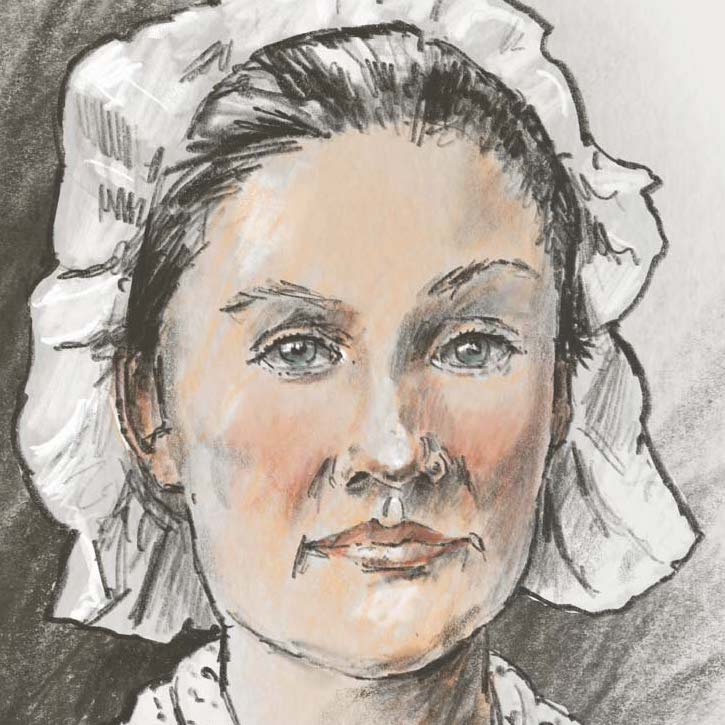
Sarah Osborn Benjamin
Supporting the patriot frontlines during the American Revolution
Sarah did not just provide support for soldiers in peaceful camps like West Point or Newburgh. Oftentimes they were in the heat of the battle, such as when Sarah carried provisions to soldiers under British cannon fire at the Siege of Yorktown. At least once Sarah donned her husband’s cloak and took his gun on sentry duty, similar to stories of Margaret Corbin and Mary Hayes who took up their husband’s place on a cannon crew. We may never know how many women disguised their sex to serve as soldiers in the Continental Army, like the famous Deborah Sampson.






